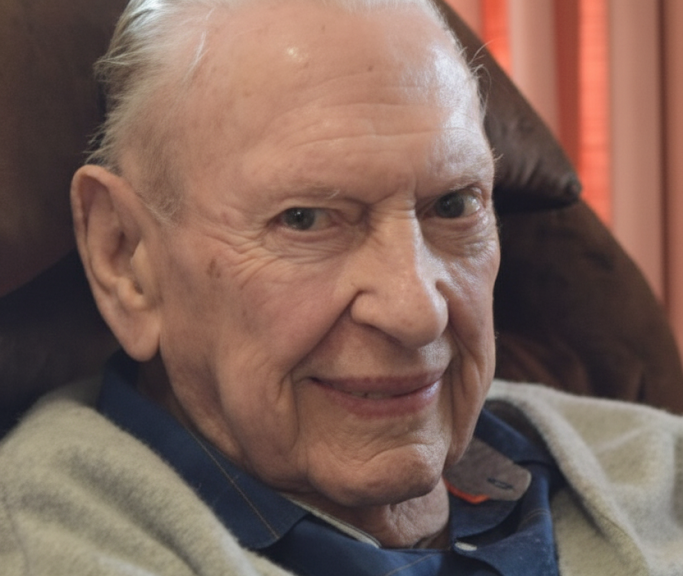July – The Presidential Month
[ENG] The third Monday of July is celebrated as President’s Day every year in Botswana, and is a paid public holiday. This holiday is usually extended into the subsequent Tuesday, making it one of Botswana’s two guaranteed four-day long weekends (with the other being Easter Weekend).Despite this last fact, there are still many people who are always seemingly confused by the occurrence of President’s Day and Sir Seretse Khama Day every July – and the fact that these are two different holidays is always news…






